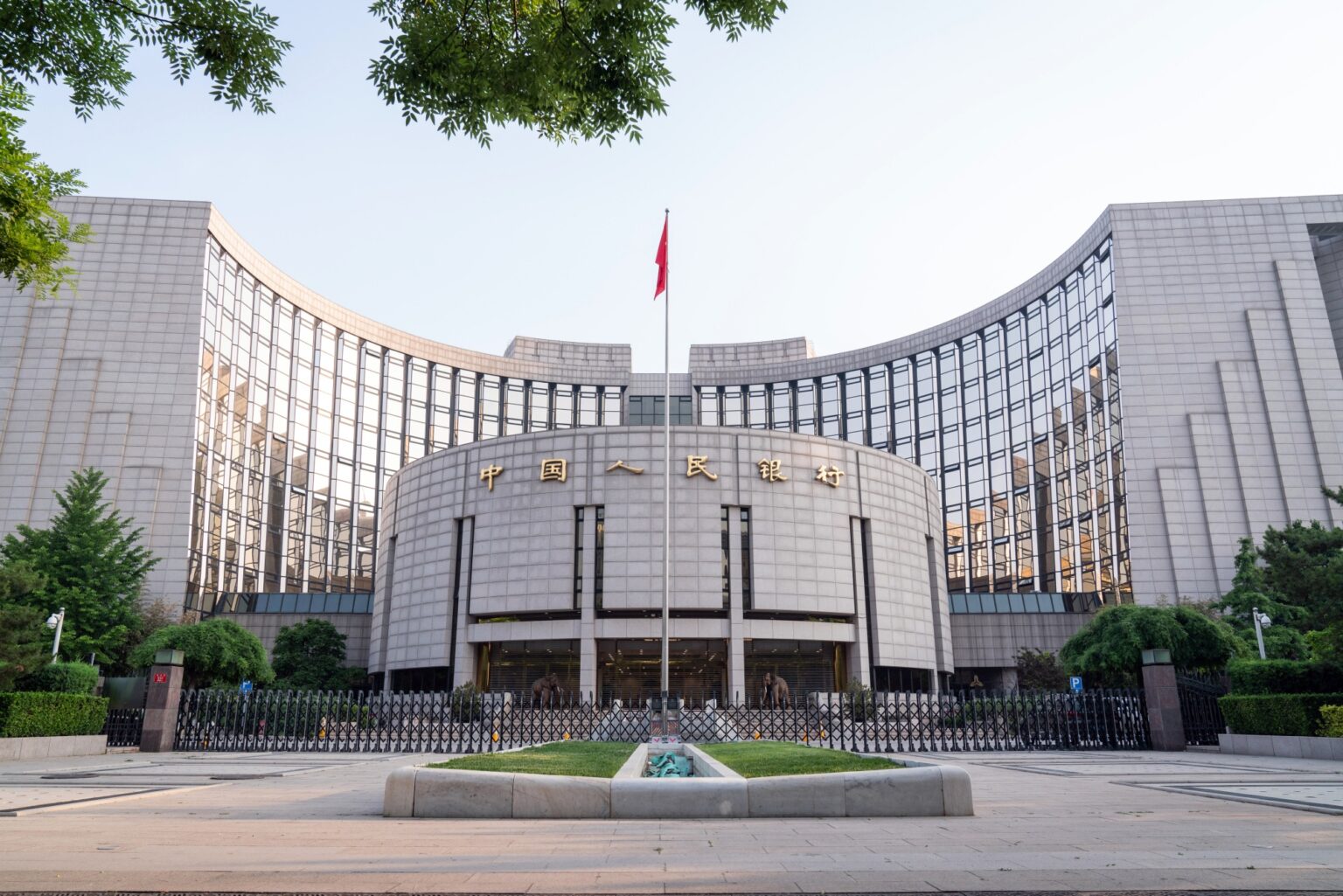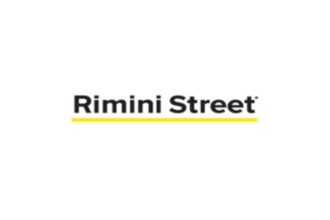The People’s Bank of China (PBoC) has implemented significant interest rate reductions in a strategic attempt to reenergize the post-Covid growth slowdown in the globe’s second-largest economy. Over the last few days, the PBoC has taken several similar steps to counter the economic impact brought by the pandemic, displaying a proactive approach in response to their weakening economy.
Previously, the PBoC had lowered two other primary rates and infused billions into the financial market to bolster liquidity. Such a measure was a response to the fresh data illustrating the ongoing struggle of the economy. The current policy easing maneuvers are the most impactful decisions made by China’s leaders, who are working relentlessly to stimulate growth. The economic recovery, initially hoped to be robust following years of lockdowns, is losing momentum.
The approach of China stands in stark contrast to that of the United States and other Western nations, which have been compelled to implement a series of interest rate hikes while simultaneously reducing the money supply to curb inflation.
As a major move, the PBoC has reduced the one-year Loan Prime Rate (LPR), a key benchmark for corporate loans, from 3.65% to 3.55%. Meanwhile, the five-year LPR, used to price mortgages, has been cut from 4.3% to 4.2%.
Also Read: OCBC Wing Hang Bank (China) Opens Branch In Wuhan, Strengthening Presence in Central China
Last Thursday, officials lowered the medium-term lending facility (MLF) rate, the interest for one-year loans to financial institutions, by 10 basis points to 2.65%. The PBoC is also offering a significant 237 billion yuan (RM153 billion) to banks via the MLF, to “maintain reasonable and sufficient liquidity in the banking system.”
China has recently released a string of weak economic indicators, prompting amplified calls for stimulus measures. Youth unemployment hit a record high of 20.8% in May, while exports dipped for the first time since February, according to official data. Top economist and government adviser Liu Yuanchun urged regulators this month to further lower borrowing costs to ease the financial burden on small and medium-sized private businesses.
It has been reported that Beijing is preparing a range of measures targeting multiple sectors of the economy, with a special focus on the real estate sector, a key contributor to China’s gross domestic product. Six of China’s largest state-owned commercial banks have reduced interest rates for savers this month to spur spending, following a request from the central bank.
However, analysts from Capital Economics suggest that cutting interest rates alone may not significantly increase household or corporate borrowing and spending. For short-term benefits, the most effective strategy is to encourage state entities to increase expenditure. On the downside, with no ‘easy fix’ in sight, the weakness of the property market and its adverse effects on the broader economy are likely to persist, warns Stephen Innes, managing partner at SPI Asset Management.
As China’s economy continues to navigate the challenges of a post-Covid world, these proactive measures by the PBoC signify the leadership’s commitment to economic recovery and growth.
This article is based on news reports by Malay Mail.















